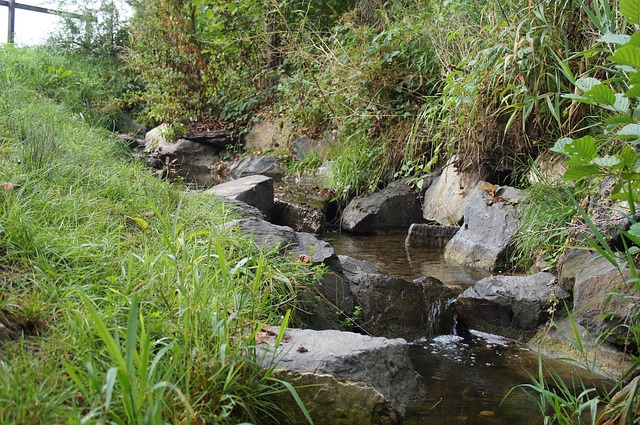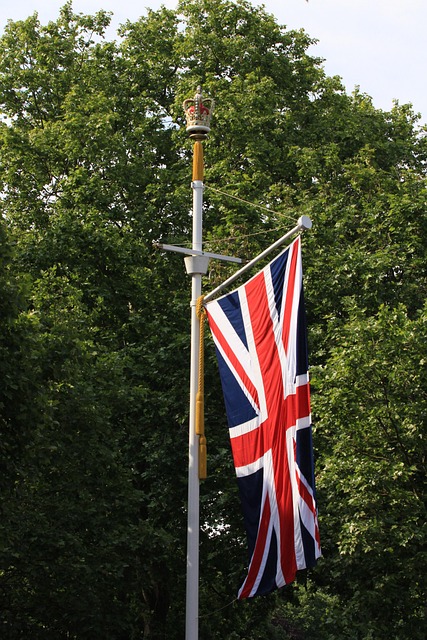Local farms offer hidden realms within communities, boosting property value and livability with nature connections, fresh produce, and strong bonds. Equestrian-friendly neighborhoods feature vast open spaces, boarding facilities, stables, and spacious homes suitable for horse owners seeking peaceful lifestyles near vibrant communities. Growing trends integrate farms into urban areas, offering a unique blend of country living and city amenities for those desiring more space, nature connections, and convenient access to modern conveniences.
“In today’s world, where urban living dominates, a growing trend combines rural charm with modern amenities—local farms and equestrian-friendly neighborhoods. This unique blend offers residents a chance to connect with nature while enjoying convenient access to city conveniences.
Our article explores three key aspects of this emerging real estate trend: the community connection through local farms, horse-loving neighbors, and how these areas integrate rural and urban lifestyles, all with a focus on the thriving real estate market.”
Exploring Local Farms: A Community Connection

Exploring local farms can feel like a journey into a hidden realm within our very own communities. It offers a unique opportunity to connect with nature and the source of our food, fostering a sense of belonging and enhancing the appeal of equestrian-friendly neighborhoods. In today’s digital era, where connections are often virtual, stepping onto these verdant expanses allows residents to immerse themselves in a vibrant tapestry of fresh produce, peaceful landscapes, and strong community bonds.
Real estate enthusiasts will appreciate how these farms contribute to the desirability of nearby properties. The presence of lush green spaces, sustainable farming practices, and an active agricultural community can significantly boost the value and livability of equestrian-friendly areas. Whether it’s the fresh air, the sight of fields filled with crops, or the friendly interaction with local farmers, these experiences enrich daily life and make neighborhoods more appealing for families, retirees, and horse enthusiasts alike.
Equestrian Living: Neighborhoods for Horse Lovers

For many horse lovers, finding a community that caters to their passion is essential when it comes to real estate choices. Equestrian-friendly neighborhoods offer more than just stunning landscapes; they provide an opportunity to live in harmony with nature and their beloved horses. These areas often feature vast open spaces, allowing residents to keep their horses nearby, fostering a deep connection with the animal kingdom.
Such neighborhoods cater to various equestrian needs, from boarding facilities and well-maintained stables to scenic riding trails. Real estate here may include spacious homes with ample land for horse stalling, training rings, and even private arenas. These locations are ideal for equestrians seeking a peaceful lifestyle while remaining close to vibrant communities, offering the best of both worlds.
Real Estate Trends: Farms Meet Urban Amenities

In recent years, there’s been a notable trend in real estate where farms and rural landscapes are increasingly integrated into urban areas. This fusion has led to the development of equestrian-friendly neighborhoods that offer residents a unique blend of country living and urban amenities. As urban populations grow, many folks are seeking out alternative lifestyles that provide more space, closer connections to nature, and a slower pace—all while still being within reach of city conveniences.
This trend is particularly evident in the form of local farms transforming into residential areas with easy access to schools, shops, and entertainment centers. Real estate agents and developers have taken note, marketing these properties as ideal for horse owners, animal lovers, and those seeking a quieter, more tranquil lifestyle without sacrificing modern comforts. Such developments cater to a diverse range of buyers who desire the best of both worlds—the serenity of rural living and the vibrancy of urban centers.






